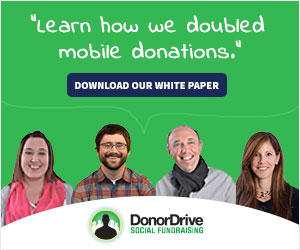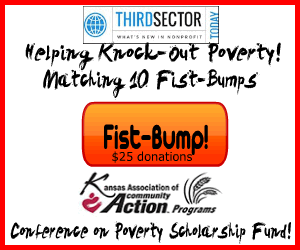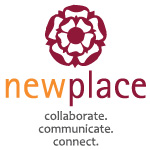
Cause marketing is a term I’ve been hearing a lot lately. I’ve seen postings for new positions at corporations and other for-profit companies for cause marketing strategists – people to help the company maximize its charitable and philanthropic relationships all the while reaching potential consumers in ways not normally possible. It seems to be all the rage.
And rightfully so – especially with Millennials. While for-profit and nonprofit organizations have been in working relationships for decades, the last decade has brought most cause marketing strategies online. And those online cause-marketing activities have seen continued success with Millennials.
While Millennials may be struggling with student loan debt, credit card debt, and underpaying jobs, they still spend. So how can you beef up your cause marketing strategy to maximize Millennial dollars and involvement? Here are some helpful facts to keep in mind when creating a case for your cause marketing strategy:
Millennials care about what others think. When we make decisions, especially good ones – like making a contribution to a cause – we want our friends and family, and our entire social media network, to know about it. We will also choose to support organizations and causes that are important to our friends, family and social networks. I recently made a donation to a friend’s charity bike ride. This event is something that is important to her and I both, but because I’m unable to participate, I wanted to support her.
The easier, the better. Millennials are multi-taskers and we’re also a bit impulsive. Think about text to donate campaigns or round up campaigns at the grocery store – they’re quick and easy and there’s instant gratification. It’s even better if you can figure out how to sync up your cause with things we’re already doing. Mobile apps like Charity Miles, which lets users log exercise distance and donate their miles to one of the listed charities. And when consumers purchase a pair of TOMS Shoes, its One for One campaign donates a pair of shoes to a child in need.
Social media is key. If you can’t share it, it won’t be effective. Even if your campaign is hosted on a website, make it easily viewable on mobile and tablet devices, and make sure you make it easy for us to share it online. If a cause is important to us, we want others in our network to know and we want them to jump on board, too.
We have other things to give besides money. Millennials grew up in a disposable era. Things aren’t made to last like they were anymore and with competing price points and markets, things are less expensive than they once were. Clothes, shoes, canned food, athletic equipment, blankets, pillows – just ask us and we’ve probably got a bunch of things we can part with. We also have time to give – evenings, weekends, holidays – we want to help you with whatever we can. So create campaigns that also encourage us to get involved.








